Go directly to Plants: A B C D E F G H I J K L M N O P Q R S T U V W Y Z
Plants will vary in price and container size Some will only be available during dormancy – late Fall or early Spring — and will be updated this winter. Seed or plant exchanges are always welcome! With new postal price increases I have decided to curtail further mail-order business. Simply to much time to update all the items and too little feedback. Far easier to sell locally and at flower shows.
All plants can be picked up at my place given notice. Hope to see you soon. Address: 1080 W. Hendrickson Rd. Sequim WA. The Google Map.
Herb Senft (still a Sequimian and former Skyline Nursery) wishes you Happy Gardening in 2016.
On Facebook I made a comment on unusual trees when someone mentioned growing 2000 Horse Chestnuts.
I apologized that my questioning comment was somewhat rude. I sometimes hit that mode when I see how the plant selection of growers seems to be shrinking down to the “profit items,’ of box stores or for other reasons. The excuse of carbon capture of Horse Chestnut is not enough to justify it as a great plant to grow. There are tons of “native” materials or trees that have more relationships to ‘pollution,’ (Gingko) or are forage trees for pollinators such as Maackia amurensis or pawpaw’s. Of course ever needed are these nitrogen fixing trees.
Growers always take a risk, I just ask that they move forward and consider the many new inspiring and unusual trees. Retail customers need new blood to enable their gardening needs/dreams. They want new relationships. Rather than bringing in a huge tree like the imported horse chestnut, (Bradford Pears is another one) why not play with the above mentioned. Katsura, Gingko, Sequoia cultivars. Or interesting new varieties that involve crosses between natives. GORDLINIA: Franklinia X Gordonia. Or Chitalpa.two American natives. southern catalpa X desert willow.
Speaking of natives. Why not Golden Chinquapin? It is near impossible to find grown though it is native to three western states and is vital to one threatened butterfly.

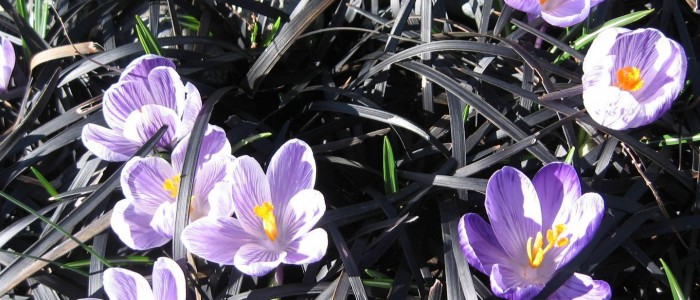
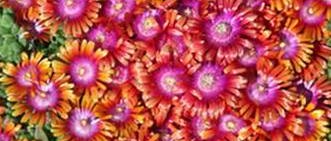
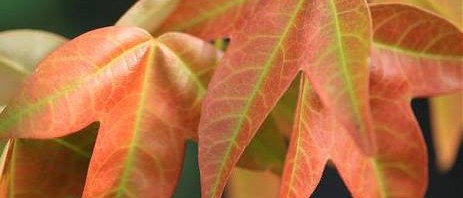
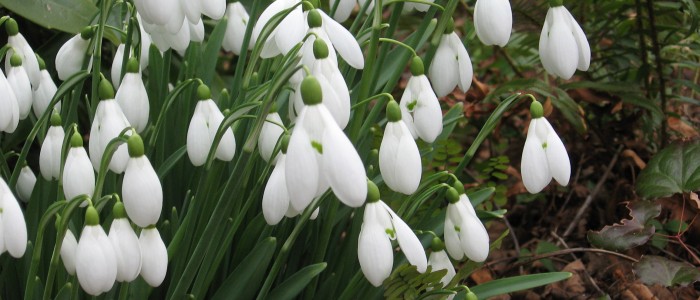
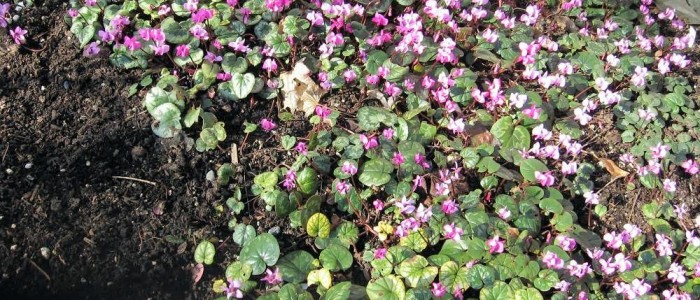
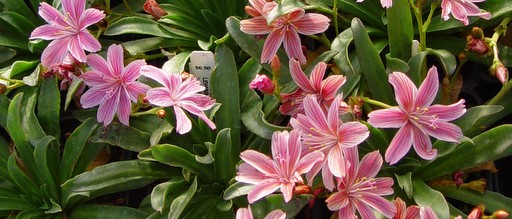
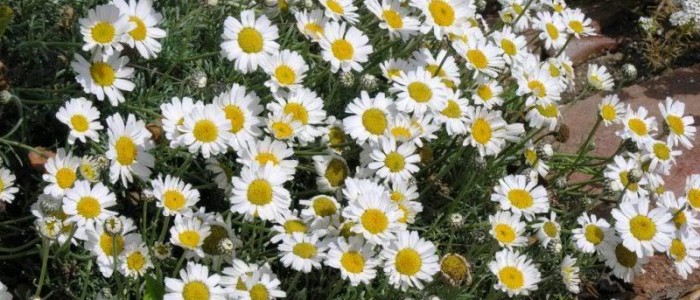

I very much enjoyed what you wrote about the Ginkgo tree. I have been interested in them and read some on line. I had not heard them called duck foot tree—and you are so right the leaves do look like ducks feet!!! Since I am very fond of ducks and all birds —-having read this name makes me want even more to have one in my yard. Lovely photo’s on this site. Thank you–Jan
Hi Herb,
I am new to gardening,planting, the whole works! Fascinated and eager to learn and train my “thumb” to be green! My question is…is there a ground covering that looks similar to the Jovibarba heuffelii-Beacon Hill?
That would be suitable to our Zone?
Thank you in advance!
Hi,
I have edited your post to give an answer to it.
You would have nothing to worry about. Its ancestors are native to modern day Croatia and parts of the Southern Alps. USDA Zones 4 – 9, and to Zone 3 with protection. Sempervivum would be hardy to Zn. 3. Both would appreciate good drainage. No clay soils. Most sedums would also be a good bet. I have two that might work.
The Jovibarba is more a specimen plant and does not spread as would the others. I do not view it as a “groundcover.”
We called your telephone but it is no longer a working number. Then we stopped by your address on Saturday but it did not appear to have anyone there. We had hoped to connect with you.
We moved to Sequim in November, 2015 and hoped to learn more from you regarding plants and landscaping.
I read your blog and if I understand correctly, you are ill and slowing down your plant business. I am so sorry to learn that. I hope to connect with you just to make an introduction if you are well enough to share your wisdom etc regarding the plants in Sequim. Thank you very much. Lou and Steve 907=250-6967 842 East Willow St. Sequim
Hi Lou and Steve,
Am still alive and recovering. New phone number is 683 – 8964. Land line only.
Give me a call sometime. Am busy fixing up the place and giving the plant thing a rest.
I have been tending abandoned heritage orchard trees for most of my life. Currently, I am the Head Lorax at Padilla Bay Research Reserve, where I have rehabilitated the multiple orchards that exist on this original homestead. We are in the process of identifying the heritage trees that exist on the property. If you ever need a hand pruning or have scion for grafting, I would be interested in lending a hand. I live in Bellingham but love to travel to see what other people have growing in their orchards.
Karen, sorry to be so late in replying. I am so happy that there are others saving and propagating old heritage trees.
Hurray! We do have an active fruit tree club in the area so scions are available. Same for the Puget sound area.
I put on what I can find … and hey, the old knife works so much better than the new grafting gimmick tools Amazon sells.
PRIVATE
Oh boy, am I excited to find you! This summer I moved from near Joyce to a 2.5 acre parcel in Agnew — horticultural culture shock!
I’ve got severely depleted soil which seems to have little ability to retain moisture, which currently is a nearly empty field with some patches of bare dirt. I desperately want to restore it to being a healthy & self-sustaining meadow, ideally with some appropriate trees — I stumbled upon your site while doing a search of “garry oak.”
I know very little about how to go about doing this. Is there any chance that this project might interest you, or anyone you know?
I have deleted the email address but would respond by saying any of the OLD Mother Earth News, Rodell books , Scott and Helen Nearing, Wendell Berry and a slew of others.
Permaculture: A Designers’ Manual by Bill Mollison is another great book and to get another picture read the old classic ‘The Egg and I.
It takes FOREVER to improve soil but it can be done with tilling in Clovers, Annual Rye, Soybean etc. Alfalfa might also be tried as it has very deep roots and may help by getting to a lower water level. Be it Crimson Clover or other crops the bees will love you for turning this soil into a healthier place. I would be very cautious about buying topsoil or even composted material from some of the sources be it city or local.
Most are made by shredding diseased dumped plants that carry bacteria, fungi, virus’s and other pathogens. I doubt any amount of composting can guarantee a clean product. Much better to buy plain old fir bark, alder bark, manure and make your own clean product.
PRIVATE
Hello! I’m delighted to have stumbled across this resource when researching Garry oaks. I have easy access to several big swaths of public land set aside for habitat here in Whatcom County, but these spots are utterly neglected and invasives are slowly taking over. As I have time, I hope to do some work on that. It occurs to me that these areas may have been homes for Garry oaks at one time; we have a few Garry oaks left nearby. I have access to saplings coming up. If you have a moment, I’d love to know what you think I’m should look for in a home for these saplings. Perhaps I can plant a few along with native shrubs (currants, Indian plum, mock orange etc). The local habitat I see Garry oaks in here is on slopes amidst madrones by the water here; do they need very dry feet?
Garry Oaks do prefer to grow in well drained areas but growing them from acorns in deep pots is more successful than transplanting young seedlings. This applies to most nut trees as well.
One issue here in Sequim is the water table. Those trees we find locally used to have a 25 ft. water table, it is now way past the 75 foot level. Below the depth of their roots.
PRIVATE
Hello Herb, Hope this finds you well.
I bought a Burgmansia from you last November. I tried to over-Winter it but it appears I failed.
Wondering if you have any now for sale that you were able to successfully over Winter? Phone: (360) 640-0496 call/text
Thank You
xxx
Yes.
All the Brugmansias survived, even some cuttings taken very late.
Have plenty left to sell. Dividing some after this last cold spell passes.
PRIVATE
My partner and I are new to PNW, and absolutely loving it! Also loving your plant offerings and wondering how we might make an appointment to come visit and shop.
I am getting back into the growing things have tons under propagation and a lot that IS available.
Am usually here but you could try contacting me before you come.
Have a Facebook ID as well … https://www.facebook.com/HerbdeBeeman/
or as I am posting now on the Peninsula Craig’s list. EX. https://olympic.craigslist.org/grd/d/carlsborg-veg-plants-and-flowers-red/7304767271.html
PRIVATE
Hello Mr. Senft,
Don’t suppose you have any apple or pear rootstock for sale?
Respectfully,
David Freed
Hello David,
No I do not. I rely on the local fruit tree club to provide me some.
PRIVATE
Greetings Mr. Senft: Do you still have the Sequim Prickly Pear for sale? Or something similar? I am interested in planting them in two or three places in my yard. Thank you!
Yes. I have Flats of them very reasonable at 3.00 each.